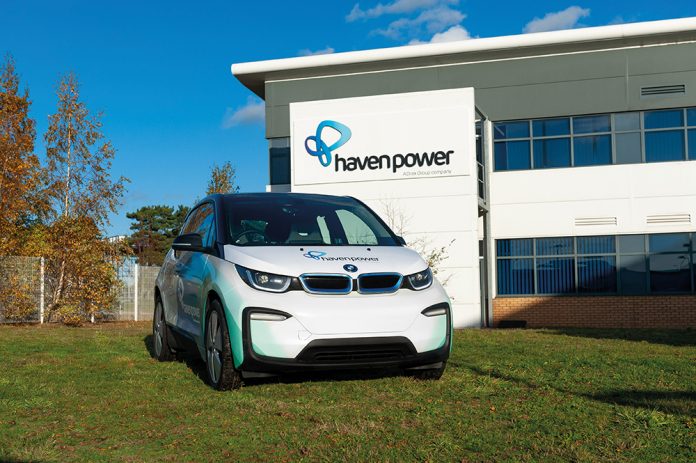In our last edition, Ipswich-based electricity and energy services provider Haven Power discussed how switching to renewable energy is an easy first step for businesses starting their sustainability journey.
This time, the company shares ideas about getting your employees involved, and the resulting benefits.
Going green – from the bottom up
The actions needed to “go green” can help a business achieve its corporate social responsibility (CSR) goals, improve market perceptions, and even add to the bottom line. Companies such as Marks & Spencer and Unilever have shown that sustainability delivers commercial benefits. In 2017 for example, the latter’s ‘Sustainable Living’ brands accounted for 70% of its turnover growth and grew 46% faster than the rest of the business.
While CSR achievements, positive PR and profitability are all – potentially – within range for most organisations, you’re far more likely to succeed with sustainability if you engage your employees.
Paul Polman – once Unilever’s CEO – wrote an article in the Stanford Social Innovation Review describing how to engage staff and create a sustainable business. Linking your sustainability agenda to your purpose is one of his ideas, and something that Haven Power believes in. The company’s commitment ties into the purpose of parent company Drax Group: to enable a zero-carbon, lower cost energy future.
Polman’s article (Google it for an enlightening read!) also suggests making everyone within your organisation a sustainability champion, and working alongside staff to create sustainable practices. Expanding on this theme, he encourages companies to make it clear that “funding for sustainability projects is available and readily applied when an employee develops a good idea.”
Sustainable solar and storage
Having used staff suggestions to save just under 100 tonnes of carbon in 2017, Haven Power understands the importance of employee participation and engagement. The company’s 2018 sustainability drive included installing energy-efficient LEDs throughout its headquarters, which led to a reduction in daily electricity consumption of around 15%. And for 2019, the electricity and energy services supplier is implementing an even more ambitious sustainability strategy.
In Q1, the company installed almost 500 square metres of solar panels on the roof of its premises and has since generated 27,680 kWh of renewable electricity. This is enough to power another of the supplier’s sustainable assets – a BMW i3 electric pool car – for a trip of 187,027 km (116,213 miles). The business has also installed onsite charging points for the i3, and for use by employees and visitors driving electric vehicles.
Of course, Haven Power has used some of its self-generated electricity for the i3 – and other immediate needs. What’s more, it’s stored some of the power within its new battery unit, for later use. It’ll soon be possible for the company to sell its solar-generated renewable power to National Grid too, and earn extra income to help offset the initial investment.
Paul Sheffield, Chief Operating Officer of the Customers business within Drax Group, said: “By turning the Haven Power office into a truly energy efficient building, we’re reducing CO2 emissions by over 47,000 kilograms a year – the equivalent of taking 33 average-sized cars off the road. The company offers similar services to its business customers, so they can save money, take more control of their energy, and reduce their carbon footprint.”
And next…
Encouraging people across your business to get on board with sustainability takes time and effort. You can make things easier by linking your purpose to a sustainable future, involving staff in your planning, and backing your employees’ ideas.
In the last article in this series, Haven Power will look at the future of sustainability and consider the potential impact of technology and energy market changes upon your organisation.





